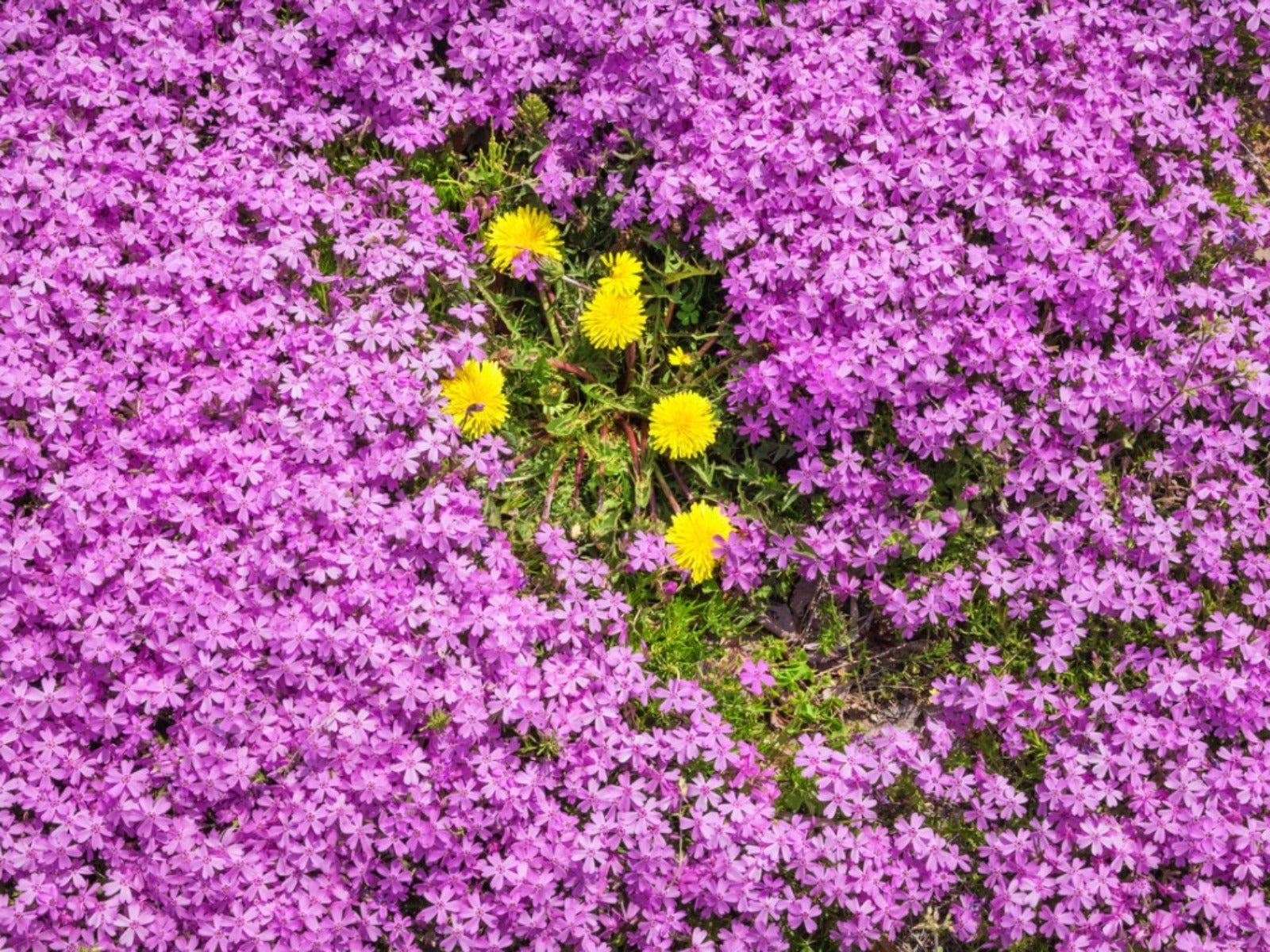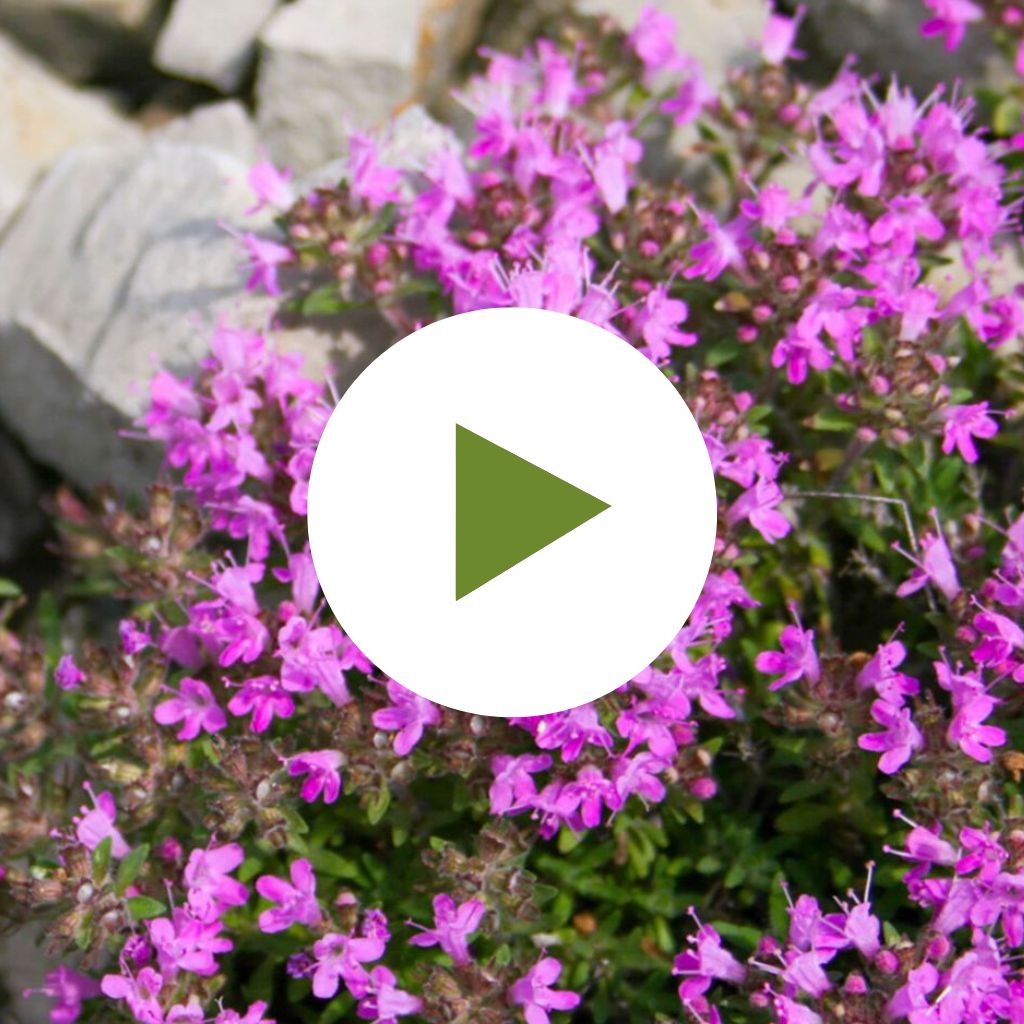How To Grow Phuopsis Stylosa


Ornamental ground cover plants have many uses. Most are planted in landscapes which are otherwise inhospitable, such as in deep shade or to cover very steep hills or embankments. These low-growers help gardeners keep an aesthetically pleasing and tidy appearance, even where growing conditions are less than ideal. In learning more about various species of ground cover plants available, you may want to explore Phuopsis stylosa purpurea, also known as Caucasian crosswort. Though creeping crosswort plants can be quite beautiful, there are several key points to consider for their successful growth.
What is Crosswort Plant?
Crosswort plant is a fast-growing perennial ground cover. Reaching only 6 inches (15 cm.) in height at maturity, Phuopsis stylosa spreads to form a dense, tangled mass of plant matter. Thick, ornamental growth works to prevent light from reaching the soil, and ultimately, prevent the growth of weeds. Lush, green leaves spread the length of each stem and are arranged in a circular pattern. Commonly referred to as “skunk plant,” plants are known for their noticeable musky odor. Once in bloom, each stem will produce clusters of very small violet-purple blooms. Depending upon the region, the bloom period of this plant will usually last several weeks, spanning from late spring into mid-summer.
What Crosswort Requires
Established plantings of crosswort are highly adaptable to various soil types, but require a planting site that receives at least 6-8 hours of sunlight each day. Though the plant is able to withstand prolonged periods of drought, it’s important to carefully consider its requirements for growth before planting. Despite being hardy to USDA growing zones 5-8, crosswort grows best in regions with cool summer temperatures, rather than those which are hot and humid. In fact, plants commonly show signs of sun damage in the form of leaf burn, premature leaf drop, and overall stunted growth in regions with especially warm weather.
Propagating
Phuopsis stylosa seeds germinate readily and can be planted in either spring or fall. Where conditions are ideal, some growers have found success in sowing directly into the garden. Those who wish to start the seeds indoors, under grow lights, should do so at least 4-6 weeks before the arrival of the last frost. Once the seedlings have 2-3 sets of true leaves, the plants can be slowly hardened off and moved into their final location outdoors. Crosswort plants may also be propagated through soft rooted cuttings that have been taken in early summer.
Once planted into the garden, this species requires very little care. Since the plant is known to volunteer in flower beds, growers may need to deadhead frequently if they wish to prevent the plant’s spread. As it is resistant to most pests and diseases, crosswort seldom needs additional attention. If ornamental beds should happen to become overgrown, your plants can be trimmed or pruned to maintain the desired size and shape. As the season comes to a close in autumn, crosswort plants will begin to die back to the ground naturally, where they will remain dormant until the following spring.
Gardening tips, videos, info and more delivered right to your inbox!
Sign up for the Gardening Know How newsletter today and receive a free copy of our e-book "How to Grow Delicious Tomatoes".

Tonya Barnett has been gardening for 13 years. Flowers are her passion. She has transformed her backyard into a cut flower garden, which she regularly chronicles on her YouTube channel http://www.youtube.com/@tonyawiththeflowers.
-
 Looking For Plants To Give You The Soft And Fuzzies? Try These 5 Fuzzy Leaf Plant Options
Looking For Plants To Give You The Soft And Fuzzies? Try These 5 Fuzzy Leaf Plant OptionsLovers of texture, drama, silver foliage and tactile plants will adore these special sensory garden additions. These fuzzy leaf plant options will leave you all aglow
By Susan Albert
-
 Get Ready For A Summer Of Hummers! Grow These Full Sun Hummingbird Plants and Flowers
Get Ready For A Summer Of Hummers! Grow These Full Sun Hummingbird Plants and FlowersIf you’re lucky enough to enjoy a sunny backyard, make sure you are maxing out on your pollinator opportunities and grow these full sun hummingbird plants and flowers
By Tonya Barnett
-
 How To Control Weeds In Groundcover Areas Of The Garden
How To Control Weeds In Groundcover Areas Of The GardenClick here for tips on controlling weeds in groundcover garden areas.
By Bonnie L. Grant
-
 Best Groundcover Plants To Prevent Weeds
Best Groundcover Plants To Prevent WeedsClick here to find out the best types of groundcovers to prevent and choke out weeds.
By Susan Albert
-
 5 Fragrant Groundcover Plants
5 Fragrant Groundcover PlantsAdding fragrant groundcover plants to a special nook in the garden or a walkway can add a punch of “wow” when passersby catch the aroma. Click for more.
By Susan Albert
-
 Part Sun And Shade Ground Cover For Every Garden
Part Sun And Shade Ground Cover For Every GardenGroundcovers in your bed or border offer a finished appearance. Read on for groundcovers for part sun and shade conditions.
By Becca Badgett
-
 Top 10 Flowering Ground Covers
Top 10 Flowering Ground CoversExplore this short list of 10 of our favorite flowering ground covers suitable for different climates and garden styles.
By Amy Draiss
-
 Groundcover For Foot Traffic: Choosing Groundcover That’s Walkable
Groundcover For Foot Traffic: Choosing Groundcover That’s WalkableWalkable groundcovers serve many purposes in the landscape, but it’s important to choose carefully. The plants must have the ability to bounce back relatively quick. For a few examples of attractive and durable groundcovers for foot traffic, click here.
By Mary H. Dyer
-
 Creeping Succulent Plants – Do Succulents Make Good Groundcover
Creeping Succulent Plants – Do Succulents Make Good GroundcoverIf you are new to gardening but may want to give it a try, growing succulents is a good way to start. In the landscape, succulent plants that spread create a carpet of texture combined with low maintenance ease. To learn how to plant succulent ground covers, click here.
By Bonnie L. Grant
-
 Guide To Groundcover Spacing – How Far To Plant Spreading Plants Apart
Guide To Groundcover Spacing – How Far To Plant Spreading Plants ApartGroundcovers serve a number of important functions in the landscape. The tricky part is figuring out how to space groundcover plants so they fill in quickly, but optimal groundcover spacing depends on a number of factors. Click here for helpful tips on spacing.
By Mary H. Dyer